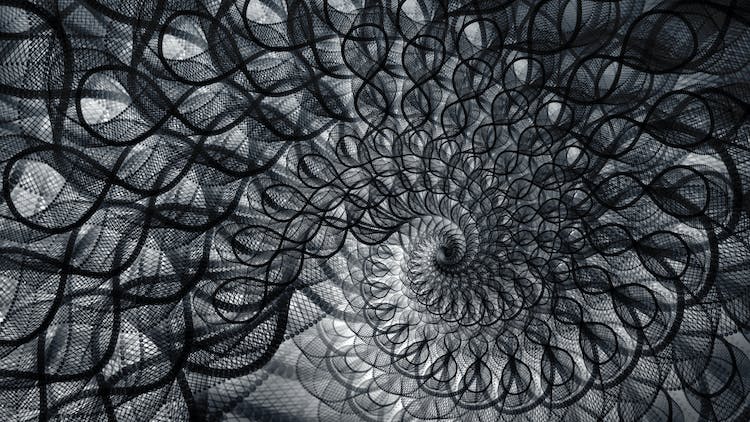Today, laser cutting is one of the most popular and versatile technologies used in the manufacturing industry. Its flexibility and precision offer a wide range of benefits to those who use it. However, like any technology, it has its own limitations that must be taken into consideration when using it. In this article, we will discuss the benefits and limitations of laser cutting, and how understanding them can help you make the most of this powerful tool.
Benefits of Laser Cutting
Laser Cutting Is Accurate and Effective
Laser cutting is one of the most accurate and effective techniques for cutting and engraving a wide variety of materials. Laser cutting offers extremely precise cuts, creating results that are very hard to achieve with traditional cutting tools. Laser beams never need to be sharpened, which allows for higher accuracy and repeatability in production.
The process is fast and cost-effective, allowing for large quantities of components to be cut in a short amount of time. Laser cutting also does not require direct contact with the material being cut, which eliminates the risk of cutting tool wear down that might occur with other cutting methods.
High Production Output
of laser cutting One of the primary advantages of laser cutting is its unmatched output speed. Laser cutting offers a high production output while maintaining a very precise level of accuracy. This is especially beneficial in the manufacturing industry, where parts and components need to be produced quickly and accurately to meet the demands of customers.
Laser cutting machines can cut materials at a rate of 50 to 100 parts per hour, depending on the materials being cut and the strength of the laser cutter. This provides a huge time advantage over more traditional methods of cutting, such as punch cutting or plasma cutting, which can take much longer to complete standard cutting tasks.
Ability to Cut Variety of Materials
One of the major advantages of laser cutting is its ability to cut a variety of materials. Laser cutting machines can be used for industrial and commercial purposes, as well as for hobbyists and leisure activities. These machines are capable of making precision cuts in both hard and soft materials, including plastics, woods, leather, and metal.
For example, laser cutting can be used for creating intricate shapes out of hard materials, like stainless steel or high alloy metals. It is also capable of making intricate shapes very quickly.

Limitations of Laser Cutting
Limitations of Complexity
When it comes to laser cutting, one of the main advantages is its flexibility and precision. From wood to steel and even glass, laser cutting machines can cut through many materials and achieve a variety of shapes with pinpoint accuracy. However, as with all things, there are certain limitations that come with laser cutting technology.
One of the most important limitations is complexity.
Potential Material Damage
When it comes to laser cutting, one of the most advantageous features is its flexibility. Laser cutting has become popular for a wide array of materials due to its accuracy, precision, and speed. But laser cutting is not without its drawbacks.
In particular, the potential for material damage is one of its major limitations. One important factor to consider when looking at the potential for material damage during laser cutting is the nature of the material itself. While laser cutting is ideal for materials with a softer surface layer — such as leather, paper, and textiles — harder materials like metals and glass can easily be destroyed by overheating.
Cost Limitations
When it comes to laser cutting, one of its main advantages is the increased level of flexibility it offers. Laser cutting offers a wide range of options that can be tailored to a variety of applications and materials. This makes it a great fit for custom projects and demands ranging from precision cutting to intricate engraving detail.
One of the most attractive components to laser cutting is the cost savings it can offer. Laser cutting allows for precision cutting of intricate designs, ensuring cost savings and high-quality results.
Supplemental Resources
Links to Further Reading
The flexibility of laser cutting technology can be extremely beneficial in many different types of projects. Laser cutting allows for precision and produces clean cuts, making it ideal for intricate designs. It also serves as an economical choice for large scale projects due to its low cost of operation.
There are, however, some limitations and drawbacks to laser cutting, such as high power requirements and material limitations.
Contact Information for Professional Assistance
When looking for professional assistance for laser cutting, there are a few key things to consider: the type of material you will be cutting or engraving, the skill level of the experts you are looking for, and the cost of services. First, the type of material you are looking to laser cut or laser engrave is important, as some materials may require a more skilled expert than others. When it comes to laser cutting, materials such as wood, acrylic, and metals may require a higher skill level than materials such as paper or fabrics.
Next, you need to consider the skill level of the professional you are looking for.

Conclusion
Summary of Benefits and Limitations
Laser cutting has become a popular and versatile tool for many applications. It is a precise and highly accurate form of cutting various materials including plastics, metals, composites, and more. There are many advantages to using laser cutting machines over traditional cutting methods such as hand saws and mechanical cutting systems.
Benefits include: speed, accuracy, repeatability, flexibility, cost effectiveness, and the ability to cut complex shapes. In addition, laser cutting is often cleaner and easier to maintain than other cutting options. Laser cutting does, however, also have some drawbacks.
Possibilities for Increased and Improved Use of Laser Cutting
of laser cutting When it comes to laser cutting, the possibilities are nearly endless. Laser cutting is a technique that uses a beam of focused light to cut shapes and designs into materials like wood, plastic, metal, and more. With the advances in laser technology, laser cutting can even be used to create intricate designs and effects that were unimaginable just a few decades ago.
One of the biggest advantages of laser cutting is its immense flexibility.


